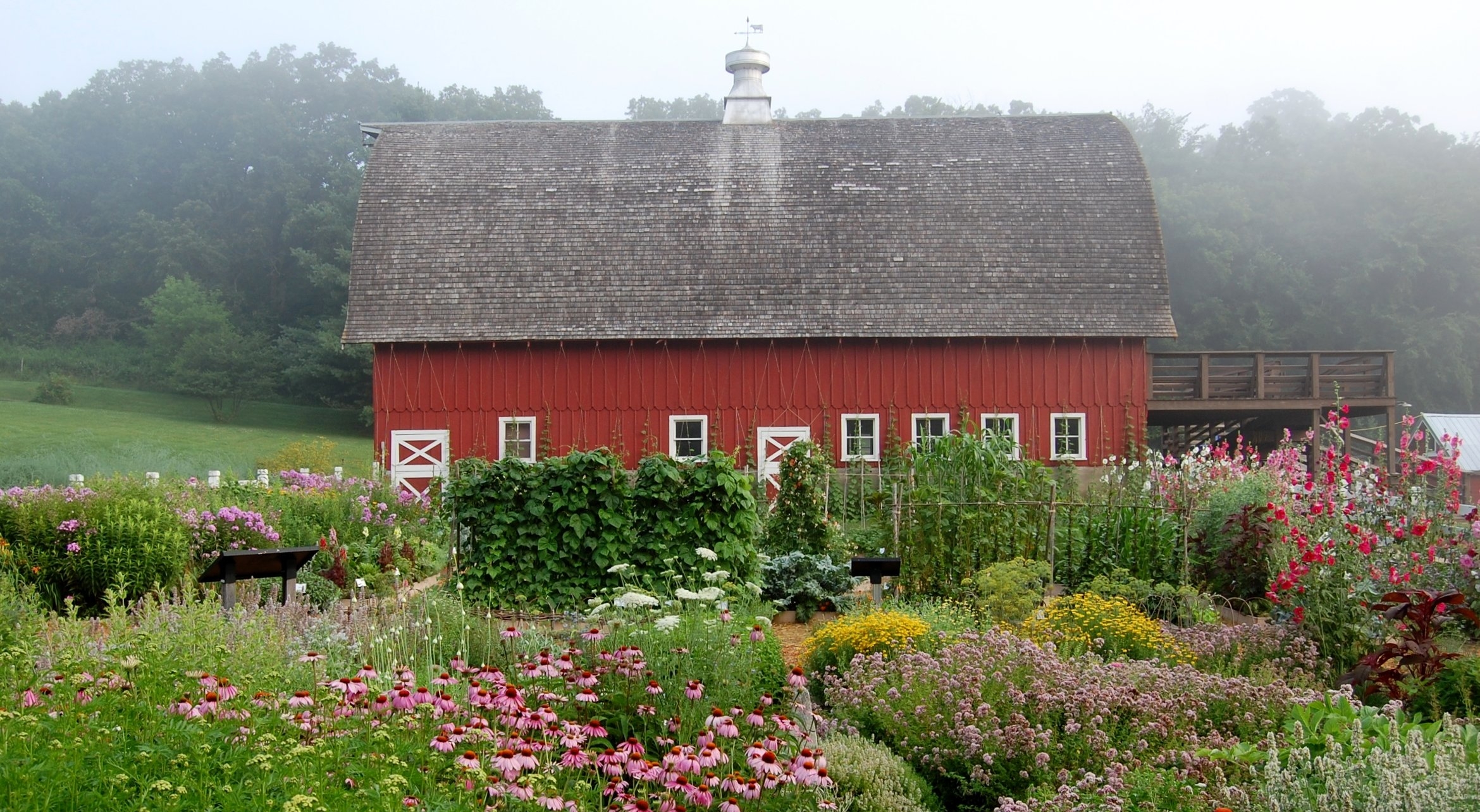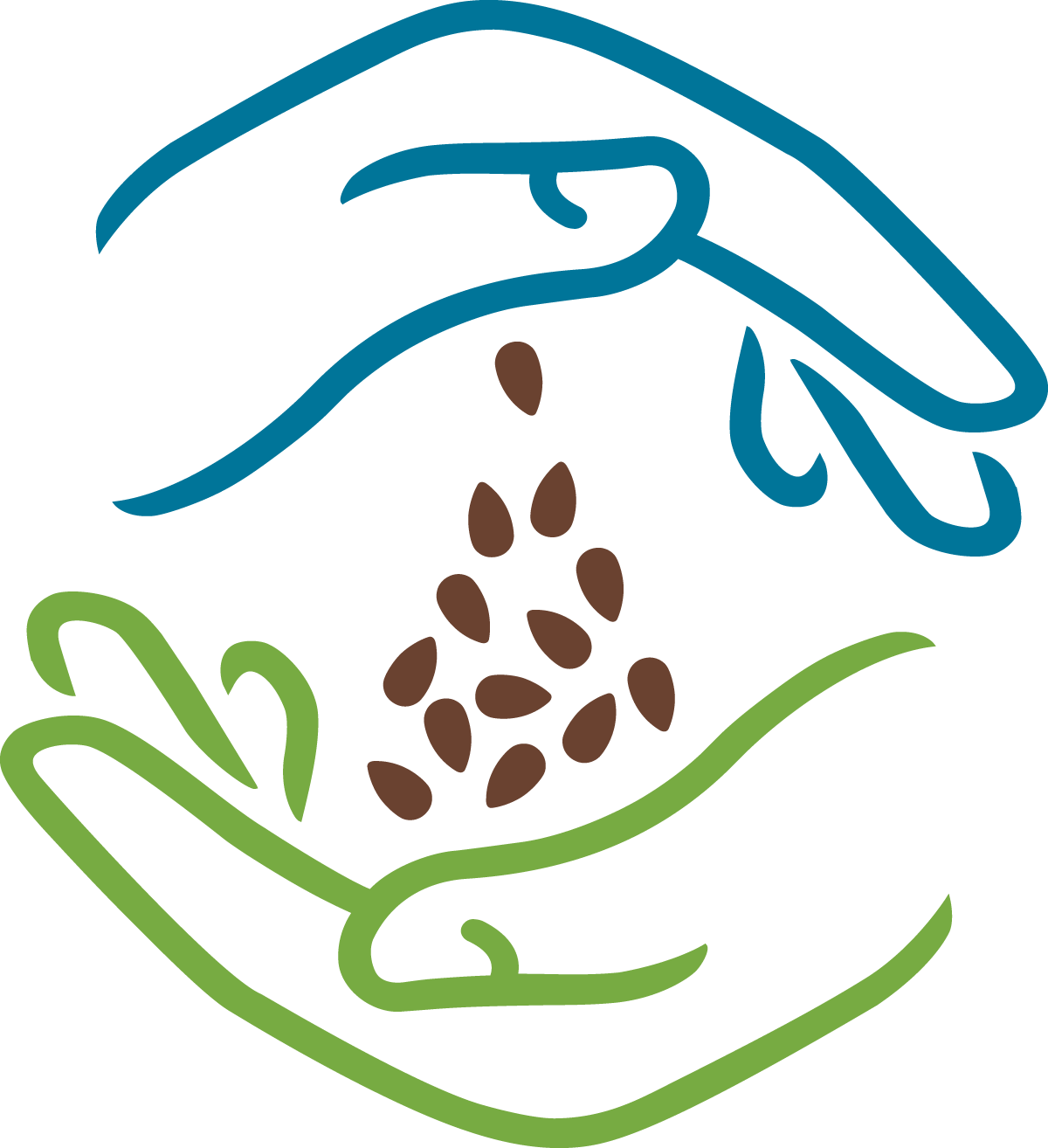The Heritage Farm Collection: 'Halbert Honey' Watermelon
/This historic variety of watermelon was developed by Mr. H.A. Halbert of Texas and introduced in 1902 by the W. Atlee Burpee seed house. That year, the Burpee catalog described it as “new to the general public” and as a selection by Mr. H. A. Halbert of Texas “who plants for his home trade thirty acres of this original pet of his, each season...”
Read More






















